Capitale del Botswana, Gaborone sorge in una regione molto tranquilla. È sempre stato così. In passato era terra di pastori erranti che portavano le loro mandrie lungo le sponde del fiume Notwane. Nel punto in cui questo fiume incontrava il fiume Seshane governava la tribù Tlokwa, famosa per il saggio capo Gaborone. Quest’uomo ha fatto la storia del suo tempo e nonostante il suo nome buffo – che significa “non si adatta così male” – era un vero personaggio! La sua gente gli dedicò un villaggio, quello che i primi coloni europei chiamarono Gaborones (forma abbreviata di Gaborone’s Village). Tranquillo luogo di campagna, il paese è cambiato definitivamente negli anni ’60.
Gaborone, nascita di una capitale
Quando il Botswana divenne indipendente, all’inizio degli anni ’60, aveva bisogno di una nuova capitale. Ma le molte tribù avrebbero combattuto duramente per il privilegio, così il giovane governo decise di trovare un posto lontano dalle dispute di massa. La regione di Gaborone sarebbe stato quel posto. Situato sulla linea di confine più meridionale con il Sud Africa, in una terra di cui non importava a nessuno, il villaggio del tranquillo popolo Tlokwa era perfetto per la nascita della nuova capitale.
Oltre al villaggio, c’erano i resti di un vecchio forte coloniale del XIX secolo costruito dagli inglesi. La nuova città iniziò a crescere intorno a quei muri di pietra. Altri vantaggi della scelta di Gaborone erano: l’acqua – il punto di incontro dei due fiumi, la ferrovia che lo collegava con Pretoria in Sud Africa. In meno di 5 anni il paese era diventato una cittadina e 10 anni dopo la capitale era una città grande e moderna. Il piano urbano prevedeva molti spazi verdi, parchi, grandi strade e piazze.
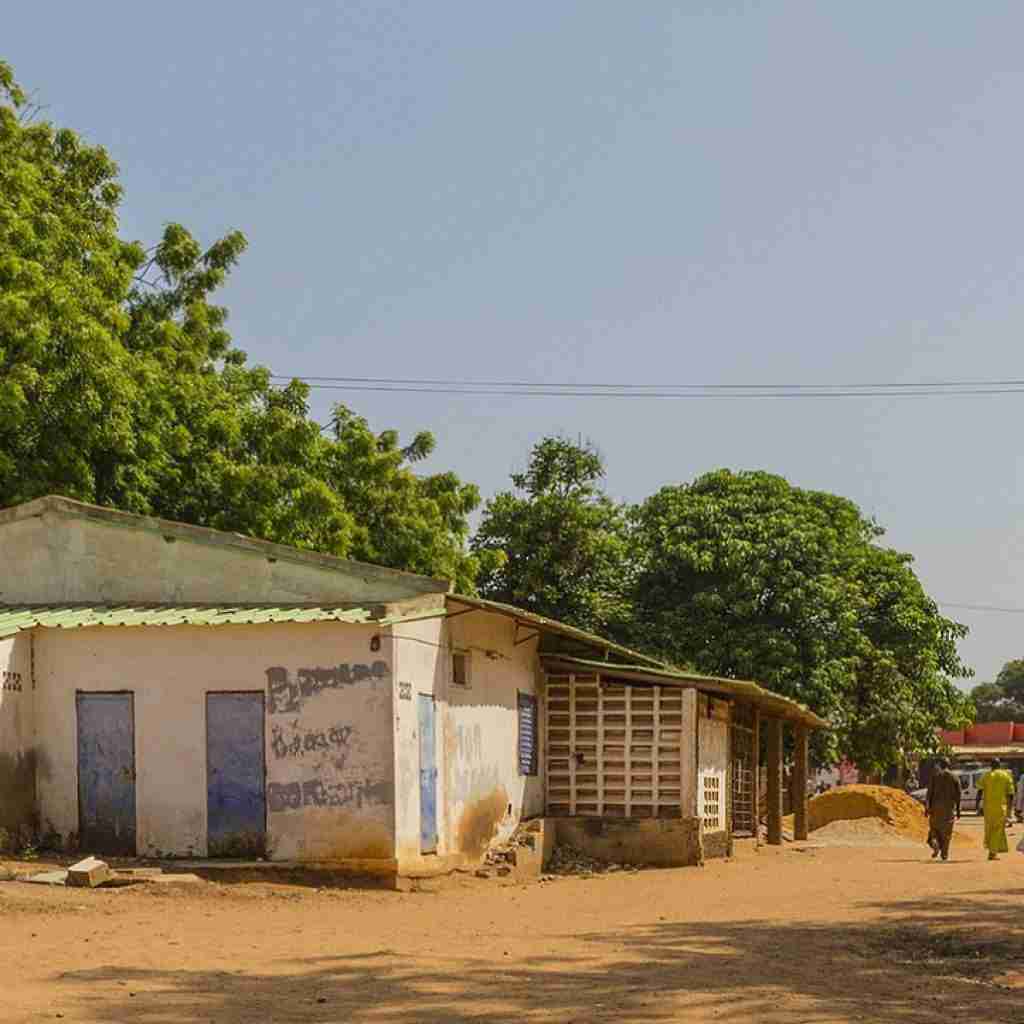
Cosa vedere a Gaborone
Se verrete in Botswana in cerca di safari selvaggi, o in cerca di avventura nei deserti e nei parchi, potreste non venire mai a Gaborone. La capitale è lontana dalle classiche rotte turistiche, bisogna andarci apposta. Tuttavia, può far parte di un itinerario africano più ampio, che includa il Sud Africa per esempio. In ogni caso, se potete, non perdetevi Gaborone. Ci sono molte cose strane, belle e interessanti da ammirare.
Fate una rilassante passeggiata per le vie di “The Village”, o “The Gabs“ come lo chiamano i locali: questo è il nucleo storico della città, il famoso antico borgo di campagna dove tutto ebbe inizio! Ora è una zona incantevole e molto turistica della città, con negozi, vecchie case, ristoranti. Il Gabs appartiene al quartiere chiamato Extensions, sul lato est della ferrovia, che è il luogo di ricchi e turisti. Boradhurst e Tlokweng sono anche aree antiche e tradizionali di Gaborone. The Gabs ospita inoltre il National Museum and Art Gallery, il Thapong Visual Art Center e uno strano e colorato tempio Hare Krishna!
Da non perdere il romantico Otse Village, in cima alle colline che circondano la città, il punto panoramico di Kgale (ci si arriva anche con percorsi in mountain bike) e la vista dalla collina di Mmopane. Ci sono molti bei giardini a Gaborone. Solo per citarne alcuni: il Waterfront, che circonda la diga di Gaborone, il Mokolodi Zoo Park – dove vivono liberi animali selvatici, il Somarelang Tikologo Ecologic Park. Non lontano dalla città si possono fare brevi safari presso la Gaborone Game Reserve, dove ammirerete zebre, scimmie, maiali selvatici, cinghiali e centinaia di specie di uccelli.
Maggiori informazioni su Gaborone
Il periodo migliore dell’anno per visitare Gaborone è tra giugno e luglio, cioè la stagione “invernale” del Botswana con temperature che vanno dai 10° ai 20°C.
Come arrivare: Gaborone dispone di un efficiente Aeroporto Internazionale Sereste Khama (a 25 km dalla città) collegato con il centro da servizi di autobus e da una linea ferroviaria speciale. Se venite in treno arriverete alla stazione di Gaborone. Si può anche arrivare in autobus da Francistown, Maun e Pretoria.
Come muoversi: spostarsi a Gaborone è molto semplice. È possibile utilizzare taxi, taxi collettivi, “combi” (minibus), servizi di autobus locali.
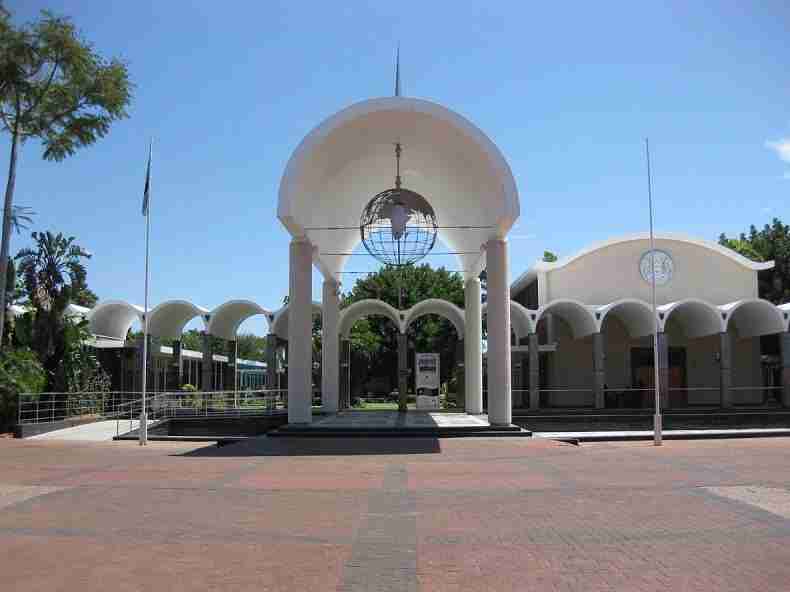


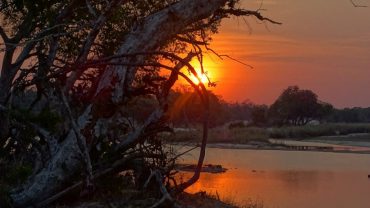
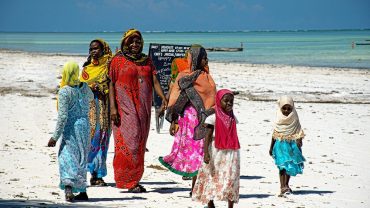
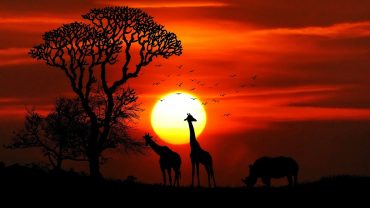
Comment (0)